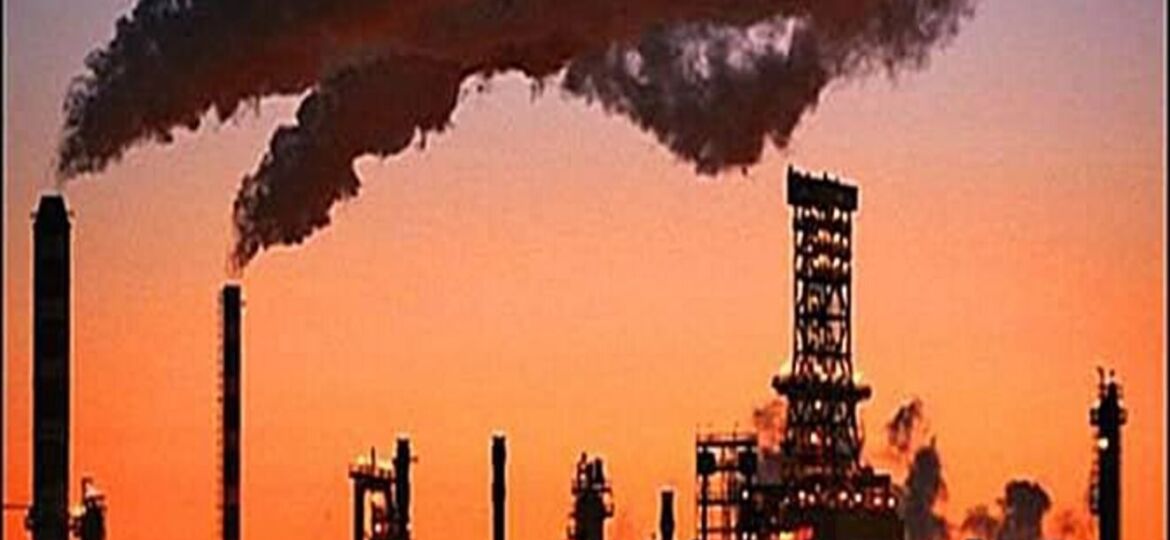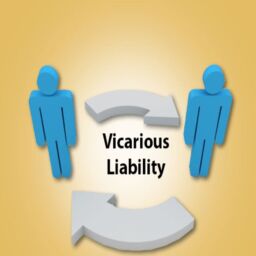
THE GREAT INDIAN AUGMENTATION: A CRITICAL REVIEW OF THE GENESIS AND EVOLUTION OF THE DOCTRINE OF ABSOLUTE LIABILITY
ABSTRACT
The present article is to analyse the emergence of the doctrine of Absolute Liability with respect to the Rule of Strict Liability laid down in Ryland v Fletcher[1] in 1866 and its development in the Indian perspective. The rule of Strict Liability laid down by the House of Lords, although apt for the era and environs of post-Industrial Revolution England, seemed to have lost ground in terms of the areas of law that it encompassed owing to the rapidly changing socio-economic scenario in India in the modern era; it was lacking, from the perspective of jurists, when it came to addressing acts or omissions which now caused the injury but found no mention in any known principle or doctrine. Thus, the distinguished jurists in India – which follows a common law system – deemed it fit to enhance the Rule of Strict Liability, which was done by landmark judgements in cases which shall also be covered hereunder.
STRICT LIABILITY AND ABSOLUTE LIABILITY
The principle of Absolute Liability is similar to that of Strict Liability but with some modifications. Under the Rule of Strict Liability, if a person brings upon his land anything dangerous which would lead to the use of the land being termed as non-natural, and that thing escapes and causes mischief or damage to another then the former is liable to compensate for the same. There are three exceptions to this rule: a) Vis Major (Act of God); b) Wrongful act of a third party; c) Plaintiff’s fault. On the other hand, under the doctrine of Absolute Liability, if a person brings upon his land anything which is so inherently dangerous and hazardous that it may cause danger to society at large, and it escapes then that person will have access to no defence or exception and will be absolutely liable to make good the damages to the aggrieved parties.
Moreover, whenever Strict Liability applies, the compensation is in accordance with the quantum of damage caused but cases of Absolute Liability attract exemplary damages. The decided amount shall be greater than the damage caused as such hazardous accidents usually lead to loss of life, property and damage to the environment[2].
The rule of Absolute Liability was laid down by the Honourable Supreme Court of India in two cases namely: M.C Mehta v. Union of India[3].
NEED TO MODIFY THE STRICT LIABILITY RULE
In delivering his judgement in the 1866 case, Justice Blackburn[4] implied the liability in such cases to be absolute however it is anything but that. There are so many exceptions to the principle that very little of the actual rule is left[5]. The recent trend is to hamper the mandate of the rule and juxtapose it to the modern theory that there will be no liability without any fault. Therefore, the term Absolute Liability in the context of the 19th-century rule is a misnomer and the appropriate term remains ‘Strict Liability’[6].
There being multiple exceptions to this rule, it was not apt in holding individuals liable even when they were at fault on moral grounds. This was evident in the House of Lords’ judgement in the Read v. J.Lyons[7] case where a government inspector was injured in an explosion at the defendant’s munitions plant but lost the appeal as the House of Lords refused to apply Strict Liability citing that there was no ‘escape’ of the dangerous thing in this case. Therefore, the defendant- who was clearly at fault here- was held not liable.
The need to modify the doctrine of Strict Liability was first observed by the Division Bench of the Andhra Pradesh High Court in Kamatham Nagireddy v. Government of Andhra Pradesh[8] where it said “In India, the general rule of Rylands v. Fletcher is accepted, though the principle needs to be modified in its application to the Indian consideration”. Thereafter, the Supreme Court bench headed by Justice P.N. Bhagwati in the M.C. Mehta case also held the Strict Liability rule to be of archaic origin, propounding the view that it no longer suits the modern needs of the Indian legal system.
LANDMARK JUDGEMENTS
- C. Mehta v. Union of India[9]
On 6th December 1985, the leakage of oleum gas from one of Shriram Foods and Fertilizers Industries in Delhi caused the death of one person and injury to several others. A writ petition was filed in the Honourable Supreme Court of India under Article 32 of the Indian Constitution by way of PIL. The SC bench headed by Justice Bhagwati held the 19th-century Strict Liability rule to be inapt for the modern requirements of India and went on to lay down the Principle of Absolute Liability which it pointed out to be “Absolute and Non-Delegable”. This rule was later approved by the Apex Court in Charan Lal Sahu v. Union of India[10].
- Union Carbide Corp. v. Union Of India[11]
On 3rd December 1984 leakage of Methyl Isocyanate from the factory of Union Carbide India Ltd (UCIL) lead to the death of approximately 4000 people and injury to several others. In the apex court of India, a settlement was reached where UCIL had to pay $470 million to the aggrieved and all criminal charges against it would be dropped. Had the Absolute Liability principle be applied here, the corporation would be liable to each and every affected person. This gave impetus to the formulation and imposition of the said doctrine.
CONCLUSION
From all the above-mentioned arguments, we can conclude that the Absolute Liability principle is an Indian augmentation to and a metamorphosis of the Strict Liability rule laid down in the 19th century by the House of Lords. The need for the same was felt due to a variety of factors which include its older origin, its having multiple exceptions, and its indecorousness in modern India. This along with the Bhopal Gas Tragedy laid the foundation for the formulation of the Absolute Liability Principle in the Indian context. It’s now imposed and accepted by a plethora of legal jurisdictions around the world and applied rigidly in India as was evident in the recent L.G. Polymers Vishakhapatnam Gas Leak case.
Author(s) Name: Danish Ranjan (Jindal Global Law School, Sonipat)
[1] Rylands v Fletcher, (1868) LR 3 HL 330.
[2] Anonymous, Absolute Liability In Indian Context, Legal Services India (Jul. 1, 2019, 2:08 PM), http://www.legalservicesindia.com/law/article/1236/5/Absolute-Liability-In-Indian-Context#:~:text=Understanding%20this%20principle%2C%20it%20was,Tragedy%20and%20Oleum%20Gas%20Case.
[3] M.C. Mehta & Anr. v Union Of India & Ors., (1987) 1 S.C.R. 819 (India).
[4] Rylands, 330 LR 3.
[5] St. Anne’s Well Brewery Co. v. Roberts, (1928) LT 1 EW 140.
[6] 21 DR. S.K.Kapoor, International Law and Human Rights 68 (Central Law Agency, 2017).
[7] Read v. J.Lyons & Co.Ltd., (1947) KB HL 216.
[8] Kamathan Nagireddy & Anr. v. Government of Andhra Pradesh & Ors., A.I.R. 1982 AP 119 (India).
[9] M.C.Mehta, 1 S.C.R. 819.
[10] Charan Lal Sahu v. Union of Indian & Anr., (1988) 1 S.C.R. 140 (India).
[11] Union Carbide Corporation v. Union of India, (1989) 2 S.C.C. 540 (India).










